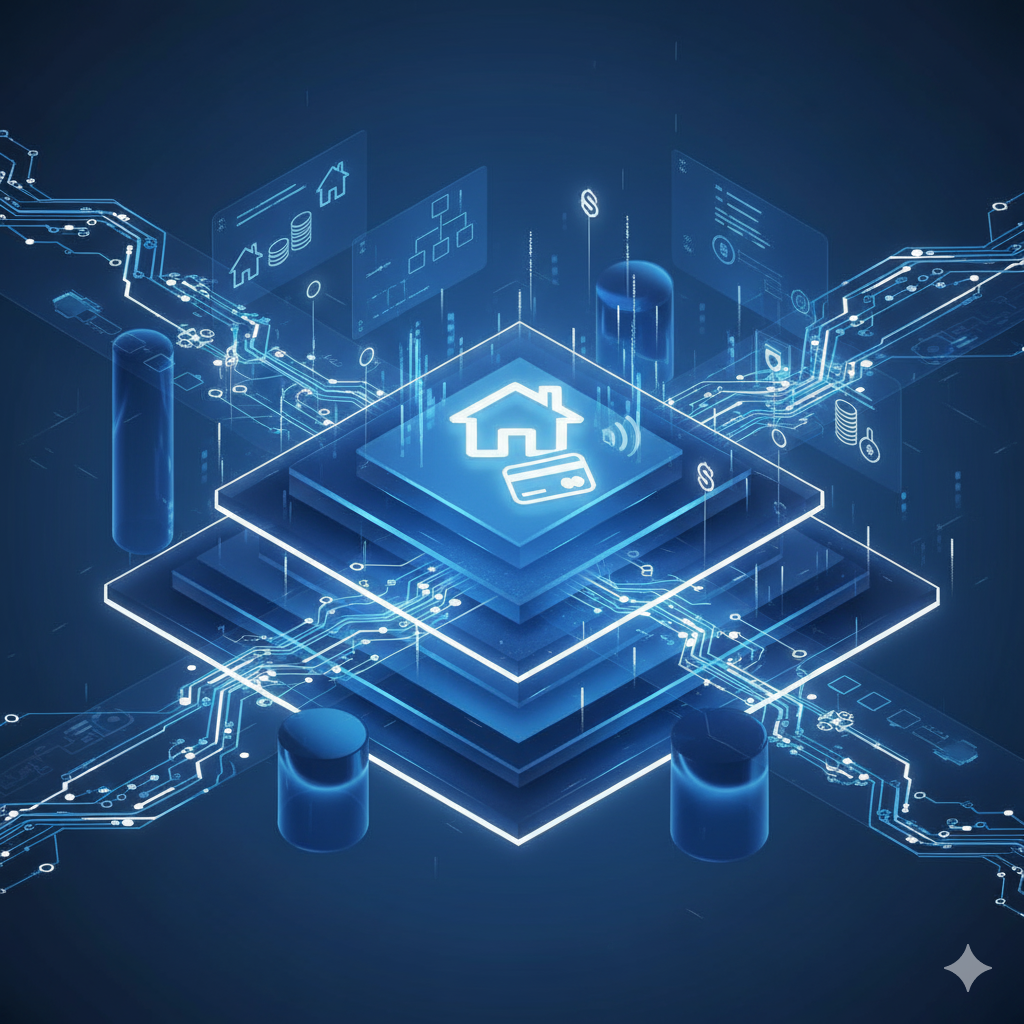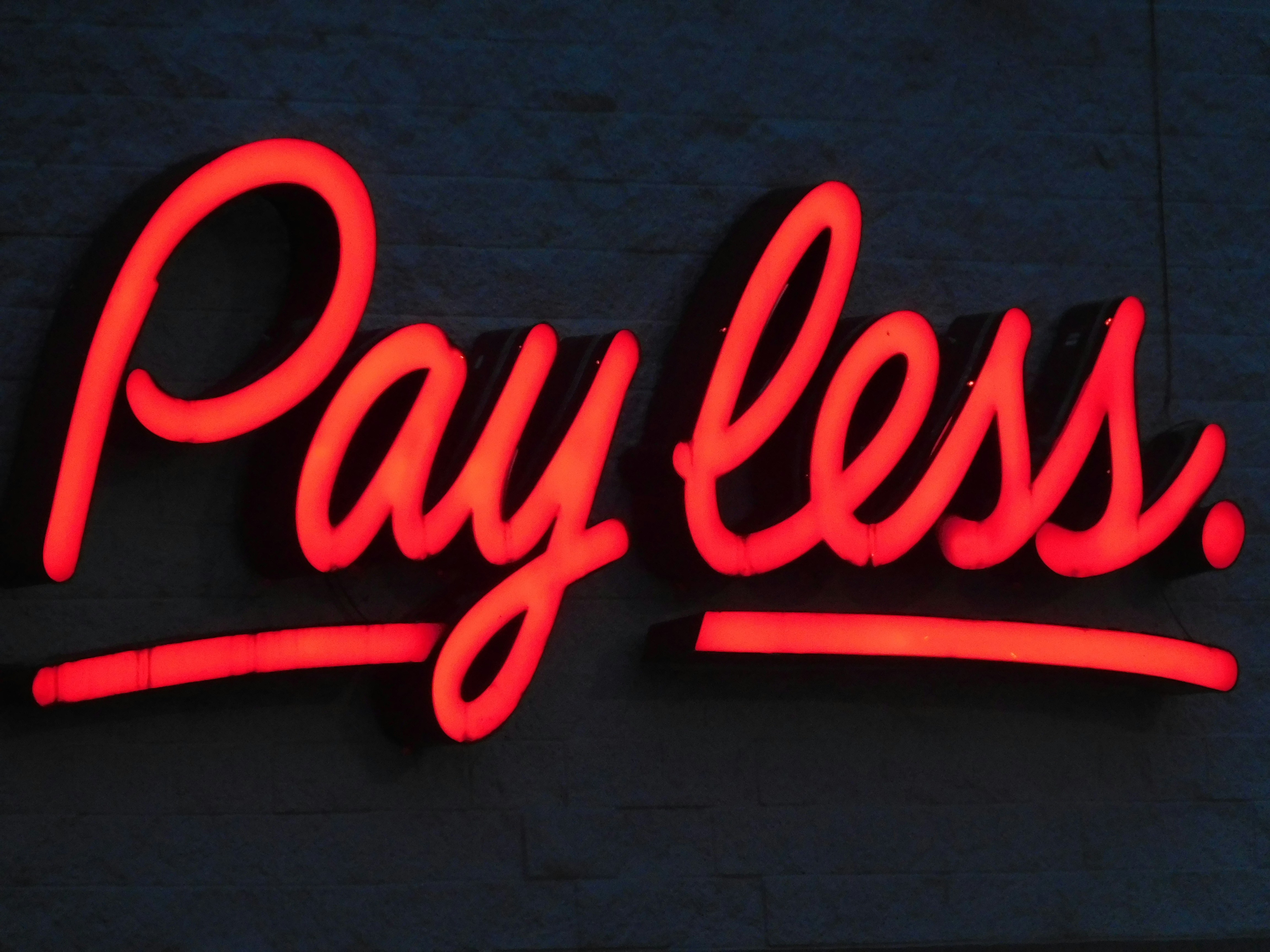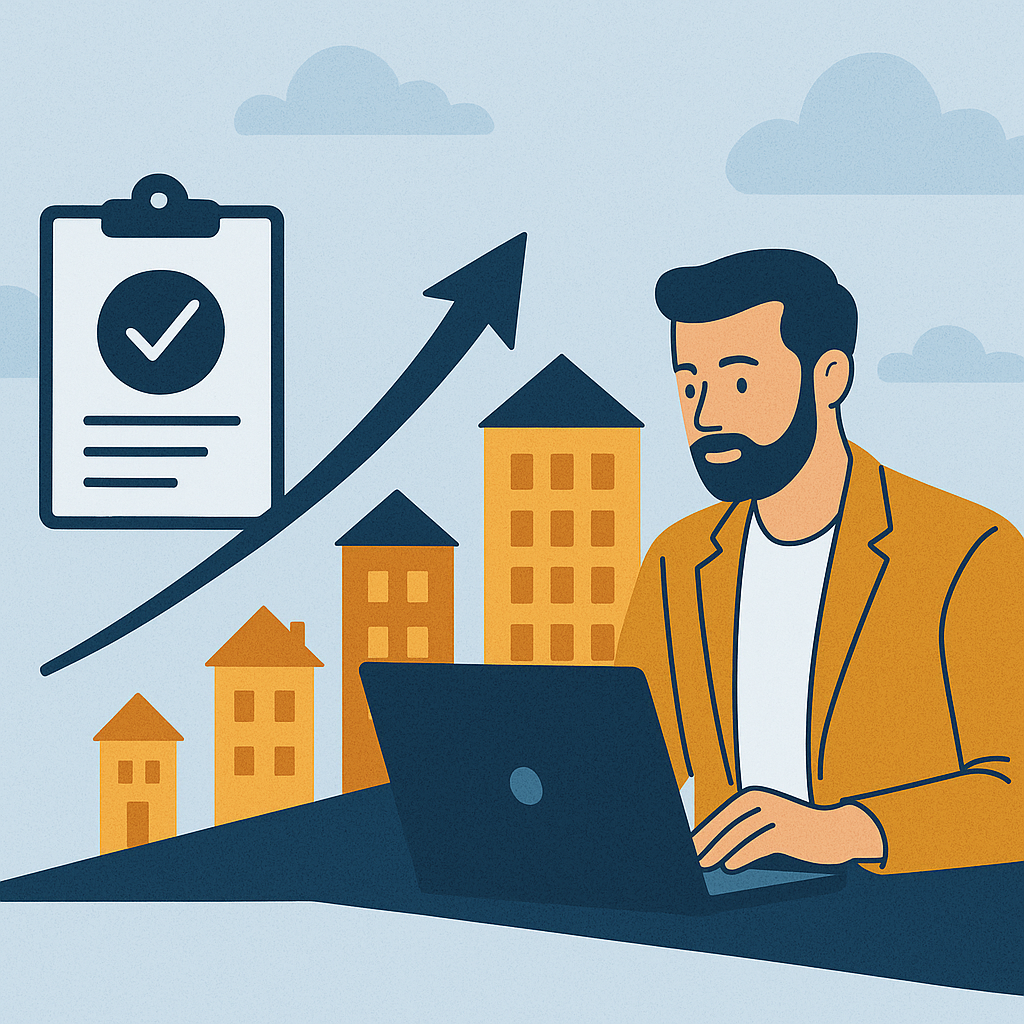Rent collection has always been one of the most time-consuming parts of property management. Between chasing checks, logging payments, and reconciling accounts, manual processes eat up hours that could be spent on residents and operations.
That’s why online rent payment has become a must-have feature for modern property management software. But not all solutions handle it the same way. Some rely on third-party portals that require extra logins and fees. Others truly integrate payments into your management workflow—automating the entire process from invoice to deposit.
Let’s break down what integrated online rent payment really means, why it matters, and which property management solutions get it right.
What “Integrated” Really Means
A lot of systems advertise online rent payment, but “integrated” is the key word.
Integrated online rent payment means residents pay through the same system that manages leases, maintenance, and accounting. No separate logins, no manual imports, and no waiting days for payment confirmations.
With a fully integrated platform:
- Payments automatically post to the correct resident ledger.
- Accounting records update instantly.
- Staff can see real-time balances across all properties.
This saves time and prevents costly data errors—something disconnected systems can’t match.
Why Online Rent Payment Matters More Than Ever
For property managers, automation isn’t just about convenience; it’s about accuracy, efficiency, and trust.
Here’s what modern rent payment systems deliver:
- Faster Collections: Residents can pay anytime, from anywhere, by card, ACH, or recurring autopay.
- Reduced Late Payments: Automated reminders and recurring payment options help keep rent flowing consistently.
- Instant Reconciliation: No manual entry or batch updates—payments sync directly with your books.
- Better Resident Experience: Tenants expect the same convenience they get from utilities or streaming subscriptions.
When residents can handle payments digitally, satisfaction improves, and staff spend far less time on administrative work.
Comparing the Market: What to Look For
1. True Integration (Not Plug-Ins)
Some platforms rely on third-party processors, meaning rent payments live outside your management system. That creates more steps, more fees, and more room for error.
Look for software where online rent payment is built in and fully tied to your accounting tools.
2. Multiple Payment Options
Your residents aren’t all the same. Some prefer ACH, others want debit or credit. The best solutions offer flexible, secure payment methods with transparent fees.
3. Automated Workflows
The goal is to set it and forget it. Automated reminders, late fee assessments, and recurring payments should happen without manual effort.
4. Real-Time Reporting
You should be able to pull up a dashboard and instantly see who has paid, who’s late, and total rent collected by property or portfolio.
Why Integration Beats Add-Ons
Many “online rent payment” tools are simply add-ons; they process payments but don’t sync reliably with your system of record. That means double-entry work, mismatched ledgers, and more frustration for staff and residents.
Integrated software keeps everything connected: one login, one database, one truth.
ExactEstate: Simplifying Rent Payments Across Your Portfolio
ExactEstate includes integrated online rent payment as part of its all-in-one property management platform. No extra software, no hidden fees, and no third-party confusion.
With ExactEstate, you can:
- Accept ACH, debit, or credit card payments directly from residents
- Automate rent reminders and recurring payments
- Track real-time collections across multiple properties
- Reconcile payments automatically with your accounting system
The result: faster payments, fewer errors, and happier residents; all in one system that scales with you.
Online rent payment isn’t just a feature anymore—it’s an expectation. But only truly integrated solutions turn it into a tool that saves time, improves accuracy, and strengthens resident relationships.
If your rent collection process still depends on paper, separate portals, or manual reconciliation, it’s time to move to a platform built for today’s property manager—and tomorrow’s portfolio.










